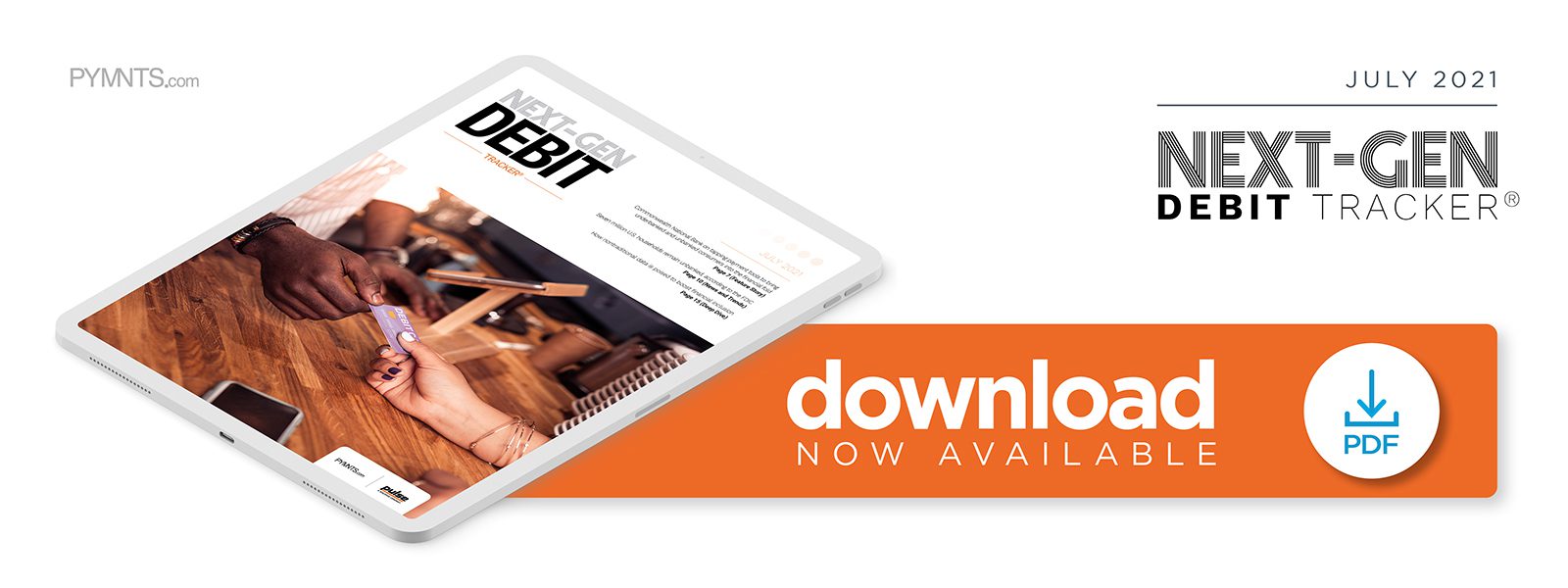Deep Dive: How Community Banks And Credit Unions Can Boost Financial Inclusion With Debit Products

The U.S. economy has gone digital.
Consumers have transitioned to purchasing nearly every type of product online since March 2020, and they show no signs of going back to brick-and-mortar stores — even as cities across the nation continue to lift capacity restrictions.
The trouble is that this new digital-first economy is out of reach for many. Making purchases online requires that consumers provide card details, but this is often not possible for the 7 million U.S. households that do not have credit cards, debit cards or bank accounts. It is not much easier for the roughly 33 million U.S. households that have bank accounts but do not have established credit histories.
Community banks and credit unions (CUs) can help underbanked and unbanked consumers access the products and services they need to conveniently pay for products and services using innovative debit options, but only if they offer the right tools. This Deep Dive identifies the U.S. consumers who either have limited or no access to traditional banking products and details how low-cost debit options and alternative data can help financial institutions (FIs) connect them with the services they need.
Identifying The Underbanked
The Federal Reserve estimated that roughly 22 percent of all U.S. adults are either underbanked or unbanked, but these numbers vary considerably among consumers from different income brackets and education levels. Thirty-seven percent of consumers earning less than $40,000 annually are either unbanked or underbanked, but this figure is as low as 17 percent among those earning between $40,000 and $100,000 per year.
The most common reason these underbanked consumers give for being unable to gain access to banking and payment services is that they simply do not have enough money to meet FIs’ minimum balance requirements — $7,123 in 2019 for checking accounts that earn interest and $622 for those that do not. These consumers are therefore limited to using cash and alternative financial products, such as payday loans, paycheck advances, pawnshop loans or auto title loans. These alternative products may provide underbanked and unbanked consumers with quick relief, but they often come at a hefty cost. The interest rates on payday loans, for example, are notoriously high.
Tapping Innovation To Expand Access
Extending financial services to historically underbanked or unbanked communities has become particularly important in the light of the financial crisis that the pandemic has triggered. Luckily, there are tools that can improve financial access for these consumers, and low-cost debit products are among the most critical. Prepaid cards are particularly popular among underbanked and unbanked consumers as they provide consumers with a means of transacting as easily as they might with more traditional debit cards without having to open accounts. Underbanked and unbanked consumers make up 23 percent of all prepaid card users in the United States despite representing just 7 percent of the adult population.
The massive demand for prepaid cards and other low-cost debit products has triggered a wave of innovation in this area. Low-cost debit providers across the nation are rolling out new products, and California recently took the initiative to expand access to such cards to all citizens via the California Public Banking Option Act. Buy now, pay later (BNPL) services are also growing increasingly popular, as they allow underbanked and unbanked consumers to obtain products they need on the spot while paying for them over time in installments, often with no added fees.
Community banks and CUs are well positioned to provide these products to their members. Offering low-cost debit options can help these FIs establish banking relationships with new customers. Such FIs will eventually be able to better assess these customers’ financial stability and grant them access to loan products and other credit options.
This is where alternative data can help. Alternative data, which might include a consumers’ history of rent payments and other transactional activity, can provide FIs a window into consumers’ abilities to sustain debit or credit accounts — even without a traditional credit history. The Consumer Financial Protection Bureau’s Taskforce on Federal Consumer Financial Law recommends that FIs “exercise caution … in restricting the use of nonfinancial alternative data, which can be very useful” for just this reason.
It is therefore clear that low-cost debit products, including prepaid cards and BNPL services, will be central to expanding financial inclusion among the underbanked and unbanked, and nontraditional data could play a key part in helping them acquire the financial services they need.
